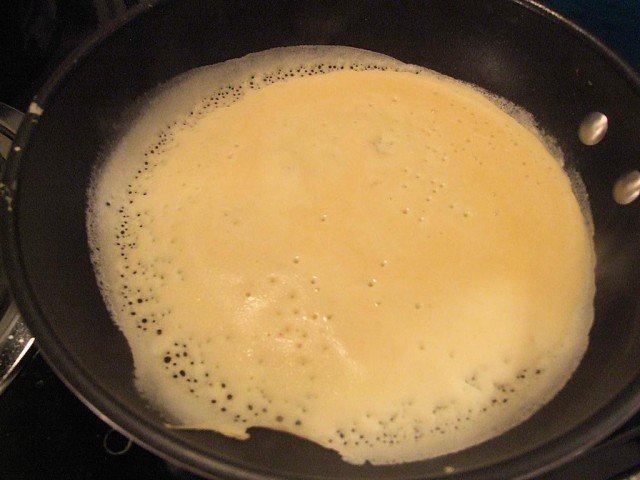Until I came to the US, I hadn’t really come across shredded chicken to my knowledge, but it seems to be in a lot of Tex-Mex food such as tacos, enchiladas, quesadillas, fajitas, taquitos, etc, as well as many other dishes such as soups, sandwiches, stews, etc. However, recently when planning Coronation Chicken vol-au-vents, I thought I could make a big batch of shredded chicken, and also keep some for making chicken tacos later on.
The process for making shredded chicken is pretty easy. Essentially you poach chicken pieces in chicken stock and then shred them with a couple of forks. You could make shredded chicken from any part of the chicken, but split chicken breasts are usually very cheap, so I ended up using these, plus I re-used the carcass to re-charge some chicken stock for the freezer.
How to make shredded chicken
Ingredients
- 3 large split chicken breasts
- 2 pints of chicken stock
Method
Place the chicken breasts in a large pan. Cover with the chicken stock. Bring to the boil and then reduce to a simmer for about 40 minutes. Remove the chicken from the stock. Using two forks, hold the chicken breast with one, and shred the chicken using the other. Repeat for the other breast.
If you aren’t going to use the shredded chicken immediately, then mix a couple of ladles of chicken stock into the shredded chicken, to keep it moist, cover and then refrigerate or freeze it.
You can also add some vegetables and the chicken bones back to the chicken stock to re-infuse flavour and re-create the stock. See the post Making chicken stock is a great investment for instructions.




















